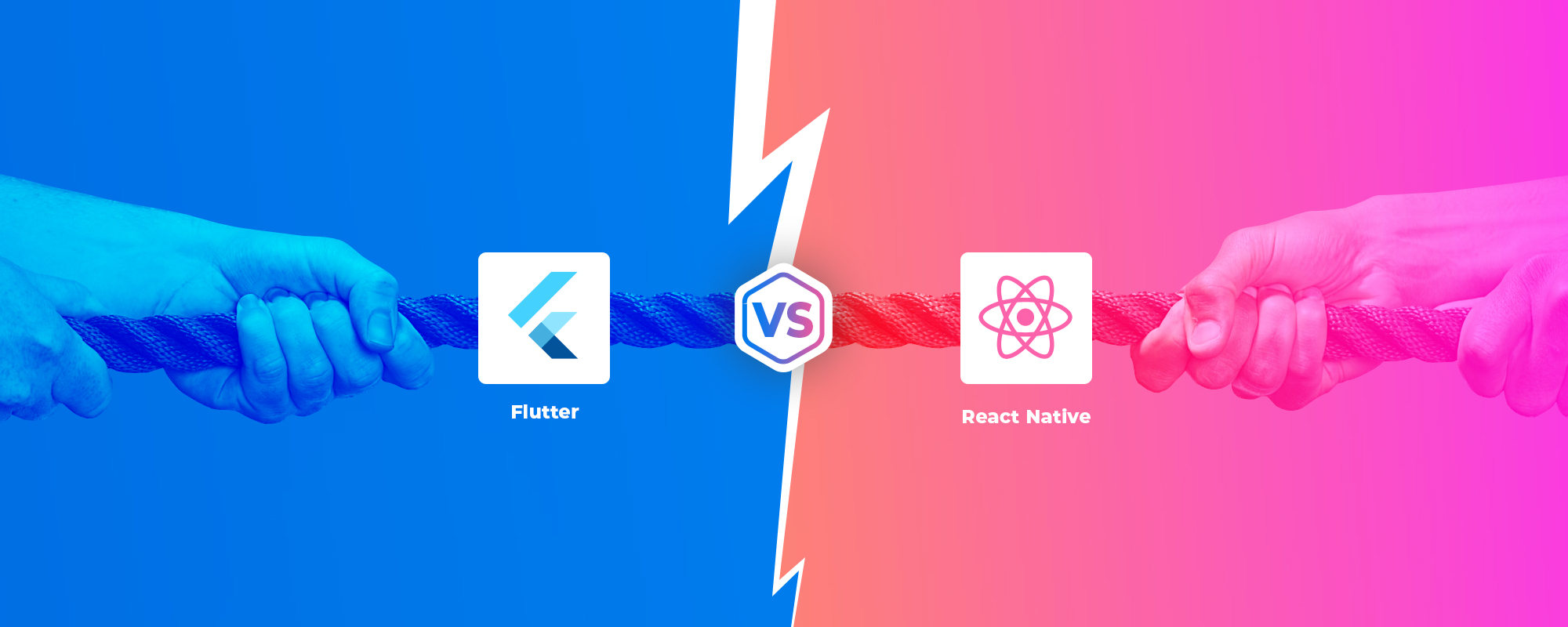With a rapidly increasing adoption rate, primarily in emerging markets, the future of mobile apps is bright. As per reports by appannie.com in 2019, around 204 billion apps were downloaded worldwide from all app stores. The report indicated that the worldwide download rate had increased by around 45% in the last three years. Several areas in mobile app development account for such rapid growth, such as:
- Flexibility to develop custom mobile app as per the business requirements
- Advancement in mobile user experience
- Create more sophisticated apps with security mechanisms
- Increase user engagement by leveraging mobile analytics
- Support for mobile applications, e.g., payment gateways, communication with the server, security on mobile applications
Today, startups and SMBs are getting inclined towards developing a custom mobile app for their business. However, creating and maintaining a native mobile app is a big headache due to the following reasons:
- The in-house team requires specific skill-set for custom cross-platform mobile app development for all platforms
- Maintaining separate source codes for different platforms is costlier
- Each platform has its release cycle and method, so releasing all features in all platforms at the same time is challenging
- Coordination between different teams and testing the same features across platforms may give rise to errors
To resolve the above issues, custom cross-platform mobile app development takes place. In this type of development, a mobile app developer needs to write a single code that will be used to create and deploy the application for platforms like iOS and Android. There are a lot of cross-platform mobile app development platforms available, such as:
- Phone gap
- Ionic
- Titanium
- HTML 5
- React Native
- Flutter
Out of which, React Native and Flutter are the most dominating platforms for hybrid application development. Let’s dig into more details about what these platforms are, what their benefits are, and how they differ from each other.
What is React Native?
React Native is a cross-platform framework launched by Facebook. Earlier, this framework was used to create in-house applications. Later, a decentralized development model was adopted, and React Native was declared open source in 2015. It is based on React JS and Javascript to develop apps similar to native applications. Hence, the name – React Native.
Pros
- Use of Native UI components
- Library of pre-developed components
- Access to native features of devices
- Highly reliable
- Fast reload process
- Can write platform-specific code
Cons
- Complex UI structure
- Sticky navigation
Apps Developed
- Facebook
- Skype
- Artsy
- Vogue
- Bloomberg
- Tesla
What is Flutter?
Google launched its open-source cross-platform framework under the name Flutter. It is based on Dart language.
Pros
- A complete development package
- Highly customizable and reliable
- Support by Google
- Fast reload process
- Open source and free to use
Cons
- Size of application
- Need native tools to create a build
Apps Developed
- Alibaba
- Hookle
- Topline
- OfflinePal
- Hamilton
Although both frameworks are open-source and backed by large organizations, they are very different from each other in many areas. Major differences are Language, User Interface, Performance, Developer Support, Adoption, Stability, Corporate Support, and Popularity. Let’s go through all the points mentioned above, one by one, to understand the difference between these two hybrid platforms.
Language – React Native is based upon React JS and Javascript. If a business wants to develop a custom mobile app, then it can do so with ease if an in-house team is present and fluent in Javascript.
On the other hand, Flutter is based on Dart language – an object-oriented language based upon C launched by Google in 2011. Dart language is not well known to most developers, so the learning curve is more for the in-house team.
User Interface – As React Native uses native UI components of iOS and Android with the help of 3rd party libraries, so it behaves the same as a native application. React Native enables a mobile app development company to deliver code specific to a single platform and have full control of the application life cycle and optimization.
On the other hand, the Flutter user interface is based on widgets, which are customizable as per the need of an application. Due to the use of widgets, there is no control over the mobile app life cycle.
Performance – Flutter uses the Dart language, which is based on C language. There is direct communication between the application and device hardware. There is no bridge or 3rd party library required to perform communication. Hence, Flutter is fast in terms of performance.
On the other hand, React Native is mostly for web-based applications, so it needs a bridge that will communicate with the application and device hardware. As there is no direct communication between application and hardware, the performance of the application is low as compared to Flutter.
Developer Support – Being backed by Google, Flutter has detailed and descriptive documentation, which enables a mobile app development company along the way. On the other hand, React Native documentation is not as descriptive as compared to Flutter. Support can be expected on some other forums, but official React Native is lagging in terms of documentation.
Adoption – React Native earned enough attention in the mobile application development industry and has support from most 3rd party libraries. More prominent applications like Facebook, Instagram, and more are developed in React Native.
On the other hand, Flutter is new in the mobile application development industry. But, if we compare the tenure spent by React Native, Flutter has more adoption rate as it is backed up by Google. Alibaba, Hamilton, and more are developed in Flutter.
Stability – The first stable version of Flutter was released in 2018, and the most recent one being in 2020. It has many features which can enable business owners to launch feature-rich and visually pleasing custom mobile apps. With time, more features are expected. On the other hand, React Native has a vibrant and large community backing it. A dedicated team improves the existing stable version and adds more features to it.
Corporate Adoption – React Native is a stable and accessible platform that is easily proved from their home page, where they advertise applications developed on their platform.
On the other hand, Flutter is considerably new. The number of cross-platform apps using Flutter is less as compared to React Native. It does not mean Flutter is lagging. Flutter is adopted by major brands like Musical, Google Adwords, Hamilton, Alibaba, and more.
Popularity – According to the Stack Overflow Developer Survey 2019 report, People voted Flutter as the most liked platform. So Flutter is gaining popularity rapidly with time as compared to other platforms.
Leverage Device Hardware with Cross-Platform Mobile App Development
Who is the winner – React Native or Flutter?
As we read significant differences between React Native and Flutter, both have their own merits. You should select the best framework as per your project needs. You can differentiate whether apps need complex UI or need to use native device hardware like a camera or microphone etc. Based on this, you can choose the right framework for your needs.



Comments (2)
 kulmohan singh
kulmohan singh
 Serena Martin
Serena Martin
React Native has better community support and a lot of companies are already working on it. To my personal preference, React Native is the better of the two.
Hey , Thanks for such an informative post. This is a great comparison between these two. They both have their own merits. I want to know which of them can help me in smooth Ui.